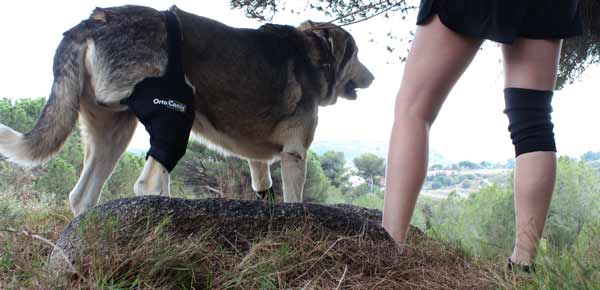All surgical procedures entail some issues of pain, osteoarthritis, mobility, loss of muscle mass and occasionally functionality, from the moment of the onset of the disease and/or once the animal has been operated on.
This group of animals requires a series of daily care, or small details, that will significantly improve their quality of life and that you, as the owner, can provide.
First, it is very important that the weight of these animals is strictly controlled. By avoiding excess weight the burden on the joints decreases as well as the pain. Furthermore, you will prevent the appearance of secondary problems caused by the excess weight.
A Few Tips:

IN THE STREET:
- Avoid walking on slippery surfaces.
- Walks should be frequent and on a leash, as this way you can walk your animal slowly but firmly without physically tiring them. In addition, you should eliminate running, jumps or any other abrupt movements that would be counterproductive to their joints, especially in older animals or those with certain diseases.
- During the walks you can take advantage of walking on different surfaces (never slippery or with an extreme inclination), thereby improving the control and perception of their body.
- If there is the possibility for your pet to swim or walk along a river or beach, do so. This will strengthen the muscles and improve the range of motion of the joints and their overall physical condition.
AT HOME:
- Prevent sudden changes in temperature or drafts.
- Sleeping on a soft and warm surface is advised, however it must be firm enough so the animal can get on and off without difficulty.
- If they are used to sleeping on elevated surfaces, such as sofas, beds, chairs, etc., a good idea is to facilitate the access with a ramp. The same is true for animals that are used to traveling in cars and have difficulties getting in or out, or their surgery has temporarily prohibited it.
- Using bowls at their height is recommended as to not force the joints.
- It is important to avoid sudden movements, chasing after a ball and sharp jumps, especially for those animals with knee and back problems.
*These basic recommendations are not applicable to all animals or diseases alike. You should always check with your veterinarian.
Marta Subirats
Ortocanis Canine Physical Therapist
Certified Canine Rehabilitation Practitioner (University of Tennessee)

